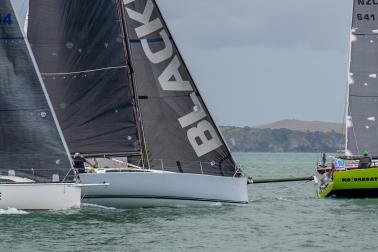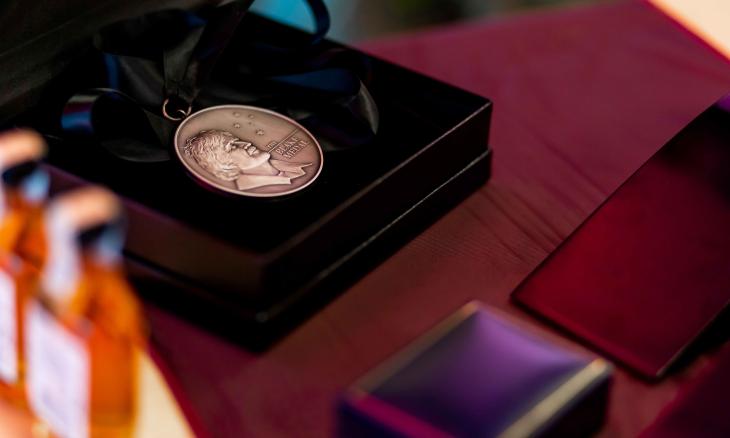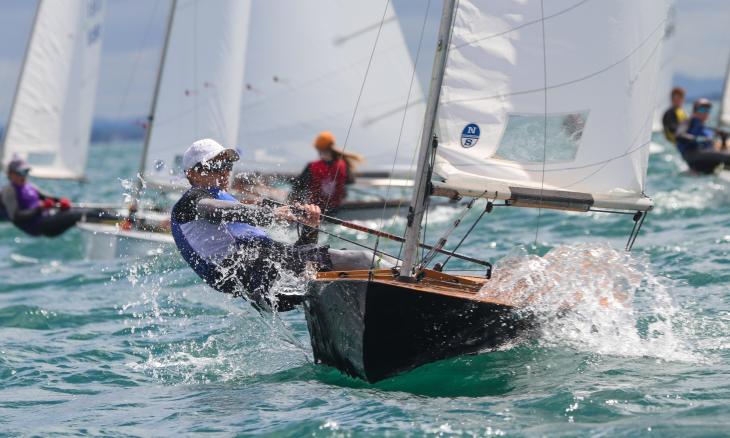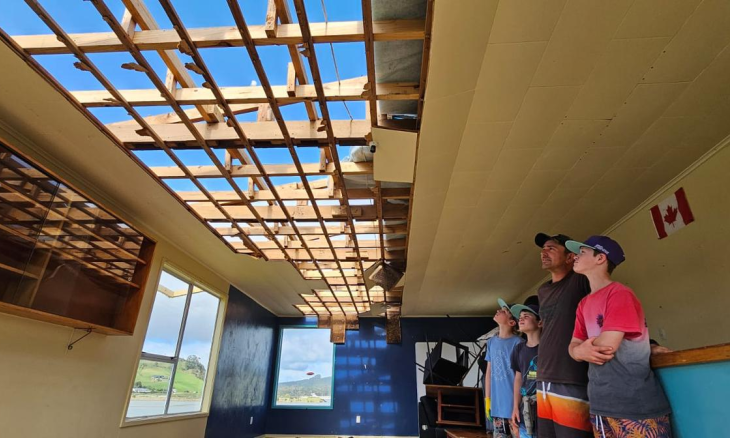As much as 34 feet separate the smallest to largest boat competing in next year's Evolution Sails Two Handed Round North Island Race when it's hoped the biggest ever fleet tackle the 13th edition of the race.
The maximum 40 entrants have now been confirmed, after entries sold out inside an hour in March, demonstrating the popularity of short-handed sailing.
Next year's event, which starts in Auckland on February 22, will see the boats traverse more than 1250 nautical miles across four legs and racing is expected to take about two weeks to compete. It will test all of the entrants, and there will be many sub-plots given the diverse range of boats taking part.
The largest yacht is Awen, an Imoca 60 sailed by Evan Davies and Sharon Ferris-Choat, while the smallest yacht is Moving Violation, an Elliot 7.9 sailed by Ben Beasley and Nick Gardiner.
The diversity of this fleet will provide intrigue for line honours as well as epic handicap battles. With 18 yachts between 35 and 37 feet, some very tight racing is expected and each leg will go down to the wire on handicap.
Titanium (Shane Bellingham and Casey Bellingham) and Motorboat II (Josh Tucker and Damon Jolliffe), who were first and second in this year's Round New Zealand Race, are expected to be among the contenders for line honours.
The first leg sees boats race from Auckland to Mangonui in the far north (154NM), and the remaining legs are from Mangonui to Wellington (550NM), Wellington to Napier (200NM) and Napier to Auckland (367NM).
“We have been blown away with the support from both Evolution Sails and the New Zealand Sailing Foundation for their event sponsorship and the local yacht clubs and councils for each of the stopovers," race director Jon Henry said.
"The hospitality at Mangonui is legendary, Wellington will be amazing with the large yachts berthed at Queens Wharf, and the smaller boats at Chaffers Marina making for a great opportunity for the public to view the fleet. The team in Napier have done a great job and pulled off the challenge of fitting us in. The support from these partner organisations has ensured that we can put on this legendary race and have the biggest ever fleet on the start line.”
The inaugural race was in 1977 and the idea was based on Sir Peter Blake's experience in the Round Britain Race and Martin Foster’s experience of sailing around New Zealand in his yacht Truant.
Making it to the start line of the race is a challenge in itself. Each yacht must have a category 2 safety certificate issued by Yachting New Zealand and have completed a 250 nautical mile qualifying passage with both co-skippers on board.
The co-skippers must have also both complete advanced first aid training, have advanced sea survival qualifications and provide a medical certificate deeming them fit to compete.
Many of the fleet used the SSANZ Anzac Enduro Race as their qualifying race and will also use the SSANZ Lewmar Triple Series, PIC Coastal Classic and other races to build up two-handed time on their path to the start.
The first race in 1977 was started by HRH Prince Philip off Devonport Wharf as part of the Queen’s silver jubilee tour. The race attracted 45 entries and 39 starters and first to the finish line was Blake and Graham Eder on Gerontius. The overall winner on handicap was the 25-foot sloop Marimba sailed by Eric Wing and David Anderson.
As Prince Philip warned in his foreword in the programme for the 1977 Two Handed Round North Island Race: “This race is a serious challenge even to experienced yachtsmen, and completing the course without mishap will be an achievement in itself.”
This sentiment remains true for all those entering the 2020 edition.
Click here to see who has entered and for more information
- Photo: Deborah Williams.




